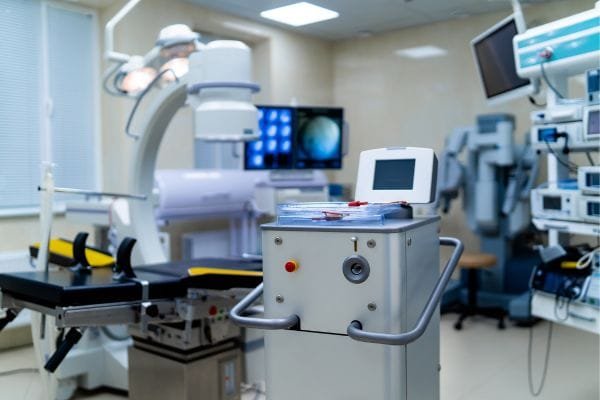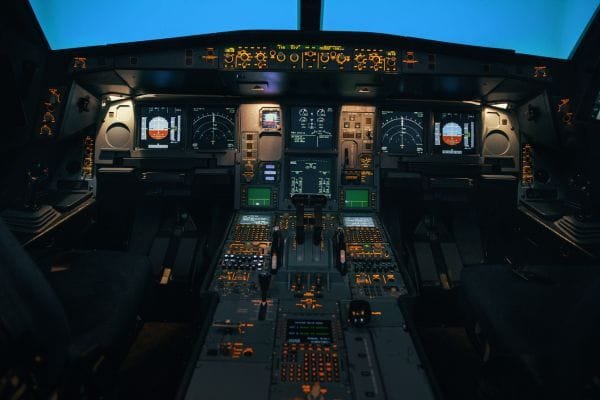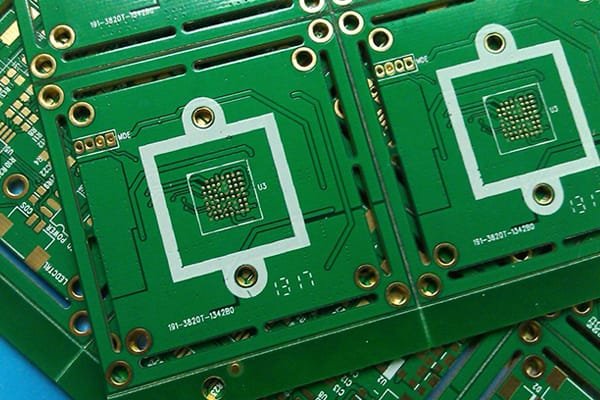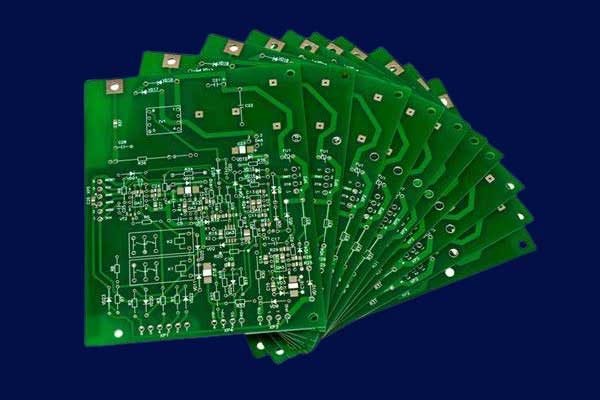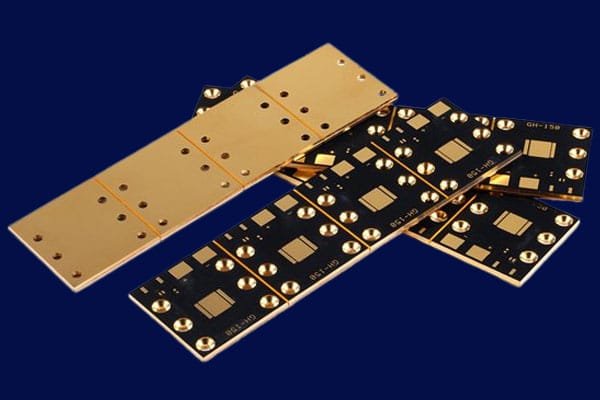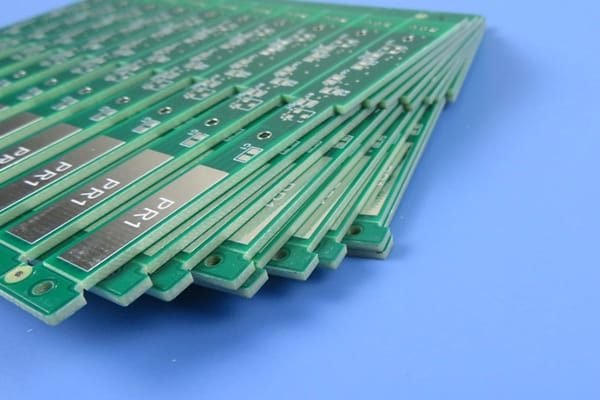
PCB Electronic Manufacturing Services
PCBs for Railway Systems
Our PCB manufacturing and assembly services can help you create high-quality and durable PCBs for your next transportation project.
High-Quality Railway Applications PCB Manufacturer & Assembler
As a leading provider of PCB manufacturing and assembly services, we understand the critical role that high-quality and reliable PCBs play in ensuring the safety, performance, and reliability of rail transportation systems.
Our company offers a wide range of PCB technologies, including single-sided, double-sided, multi-layer, rigid, flexible, and high-density interconnect PCBs. With state-of-the-art manufacturing equipment and rigorous quality control processes, we produce PCBs that meet and exceed our customers’ requirements.
We also offer comprehensive PCB assembly services, including surface-mount technology (SMT), through-hole assembly, wave soldering, and hand soldering. Our team of experts is committed to providing high-quality and efficient assembly services that meet the expectations of our customers.
Please contact us for more information on our PCB manufacturing and assembly services for rail transportation.

Types of PCBs used in rail transportation systems
The use of PCBs in rail transportation systems is extremely varied. They are used in everything from train control systems to signal systems and communication equipment. Below are some of the most common types of PCBs used in these applications
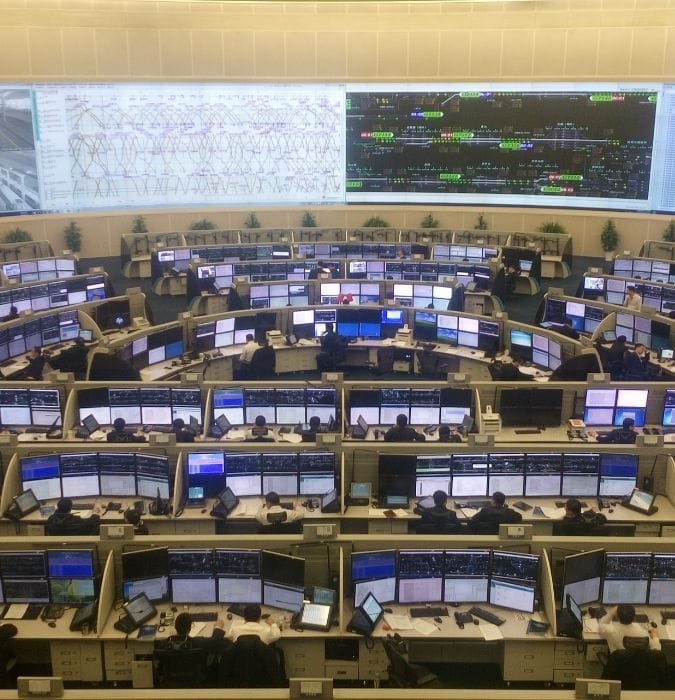
Train control systems
Definition: Train control systems are the technologies that ensure the safe and efficient movement of trains along the railway network. These systems are responsible for controlling train movements, maintaining safe distances between trains, signaling train speeds, and enabling emergency stop controls.
Function: The function of PCBs in train control systems is to help ensure the accurate and reliable operation of various control and communication processes. These PCBs are responsible for controlling and monitoring the power and signal distribution systems that manage train movements. Through this coordination, PCBs help ensure the safe and reliable movement of trains on the railway network.
Types of PCBs used: The types of PCBs used in train control systems are often compact and durable, with specialized designs for the specific applications that they serve. Some common PCB types used in train control systems include double-sided and multi-layer PCBs, as well as flexible PCBs that can adapt to various rail transportation system structures.
Signal systems
Definition: Signal systems are the technology systems that support the safe and efficient movement of trains across a railway network by controlling the movement of trains along the tracks. These systems are responsible for ensuring that trains remain on the correct track, at the correct speed, and without any collisions with other trains.
Function: The function of PCBs in signal systems is to act as the central control for the signals and communication systems that enable the safe movement of trains across the railway network. These PCBs provide the power and circuitry required to manage the signals and control systems that keep trains moving safely.
Types of PCBs used: The types of PCBs used in signal systems are dependent on the specific functions that they perform. Some common types of PCBs used in signal systems include single-sided PCBs with special signal processing capabilities, as well as multi-layer PCBs that offer complex communication and control functions.
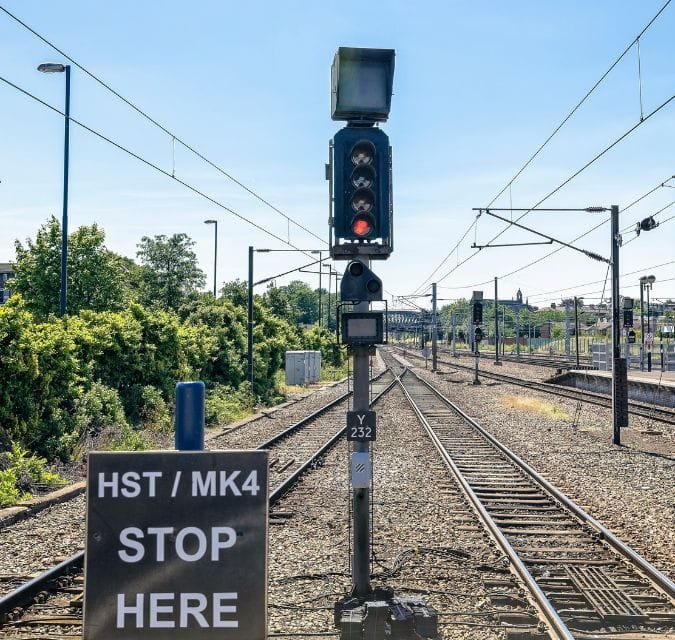

Communication equipment
Definition: Communication equipment is the technology that enables communication between different control and management stations in the rail transportation system. This equipment is responsible for transmitting vital information such as train locations, control signals and other critical data to ensure safe and efficient train movements.
Function: The function of PCBs in communication equipment is to provide the circuitry and power required to manage the complex communication protocols and systems that enable communication between different stations. These PCBs are responsible for facilitating the transmission of information in a secure and reliable manner.
Types of PCBs used: The types of PCBs used in communication equipment are diverse and specialized, depending on the specific application that they serve. Multi-layer PCBs with advanced firmware for signal processing and power distribution are often required for the complex communication transmissions required in the rail transportation system. Additionally, flexible PCBs that enable the integration of communication modules with other system components are necessary for efficient communication between different control and management stations.
Advantages of using PCBs in rail transportation
Railway systems are crucial to the smooth operation of modern cities, and their reliability and safety are paramount. In this context, the importance of Printed Circuit Boards is self-evident.
A. Reliability:
- PCBs offer high levels of reliability as they are designed to withstand extreme operating conditions of rail transportation which include high vibrations, shock, and temperature variations.
- They are also resistant to environmental factors such as moisture, dust and dirt, which is important for rail equipment that is often operated in harsh conditions.
B. Precision:
- PCBs provide high precision and accuracy in the control systems of rail transportation, ensuring that the various systems operate in sync and are able to respond in real-time to changing operating conditions.
- PCBs also allow for a high degree of miniaturization, enabling complex electronic systems to be integrated into smaller and more streamlined packages.
C. Efficiency:
- PCBs can increase the efficiency of rail equipment by allowing for faster and more precise control of various systems. This can result in faster and more efficient operations, improved energy usage, and reduced downtime.
- PCBs can also help reduce the overall weight and complexity of rail systems, contributing to increased efficiency and improved performance.
D. Safety:
- PCBs are critical components in the safety systems of rail equipment, including control, signaling, and communications equipment.
- PCBs can improve safety by providing reliable and rapid responses to changing operating conditions, reducing the risk of accidents or equipment failure.
- PCBs also help to minimize the potential for human error by providing automated and highly precise control systems.
Challenges and Solutions in PCB Design for Rail Transportation
Printed Circuit Boards are crucial components in railway systems, providing reliable and efficient control over train movement, signaling, and communication. However, designing PCBs for rail transportation also presents several challenges that must be addressed to ensure their safe and optimal performance. In this regard, we will explore four major challenges in PCB design for rail transportation and their potential solutions.
A. Environmental issues
Railway environments are exposed to various external factors, such as extreme temperatures, humidity, dust, and shock. These harsh conditions can cause PCBs to malfunction and degrade over time. To address these environmental factors, PCB designers can implement certain solutions, such as coating PCBs with materials that protect against moisture and chemicals. Additionally, enclosing PCBs in sealed containers can also protect against adverse weather conditions and other environmental factors.
B. Electromagnetic interference
In railway systems, electromagnetic interference (EMI) poses a significant issue in PCB design, which can result in signal distortions, data corruption, and safety hazards. The source of EMI can come from various sources, such as overhead wires, nearby electronic equipment, and radio communication devices. To mitigate EMI, designers can implement certain shielding techniques, such as using shielding cans or conductive coatings to reduce the amount of EMI that reaches the PCB.
C. High-frequency requirements
Railway systems require high-speed data communication and transfer, which means PCBs must meet certain high-frequency requirements to ensure data accuracy and reliability. High-frequency signals can become distorted and attenuated due to the length and thickness of copper traces on the PCB. Designers can address this challenge by minimizing the trace length and thickness and using controlled impedance lines to ensure consistent signal performance.
D. Vibration and shock resistance
Due to the constant movements and vibrations of trains, PCBs installed in railway systems are prone to physical damage and malfunctions. To mitigate this challenge, designers can implement several mechanical solutions, such as using rigid or flexible PCBs that can withstand vibrations and shocks. Additionally, designers can also reinforce the PCBs using mounting brackets, screw holes, or other mechanical fixtures that provide stability and enhance shock resistance.
Future of PCBs in rail transportation
The future of PCBs in rail transportation can be summarized in three directions: advanced technologies, integration with other systems, and the impact of artificial intelligence.
A. Advanced technologies
In the future, PCBs will continue to benefit from advanced technologies. For example, with the emergence of new technologies, the automation and digitization of rail transportation systems will be enhanced, and the integration and complexity of PCBs will also be increased. Smaller, more flexible, higher power, higher bandwidth, and higher speed devices may appear to meet the requirements of rail transportation systems. In addition, new materials and manufacturing processes will also emerge to improve the reliability and performance of PCBs.
B. Integration with other systems
In the future, PCBs will also be more closely integrated with other systems. For example, the integration with train control, communication, and safety systems to achieve smarter and safer rail transportation systems. In addition, integration with IoT systems may also appear to collect and analyze data on train operations and passenger behavior, providing better services and predictions.
C. Impact of Artificial intelligence
The future of PCBs will also be influenced by artificial intelligence. For example, AI can help optimize the design and manufacturing processes of PCBs and provide more accurate testing and fault diagnosis. In addition, AI can help predict maintenance demands and support train control and safety systems to improve the efficiency and reliability of rail transportation systems.
Contact us Today
If you have any needs regarding the application of PCBs in rail transit or any other questions about PCB manufacturing, please do not hesitate to contact us. Our professional sales team is always ready to assist you. You can reach out to us by sending an email to sales@pcbjhy.com.



